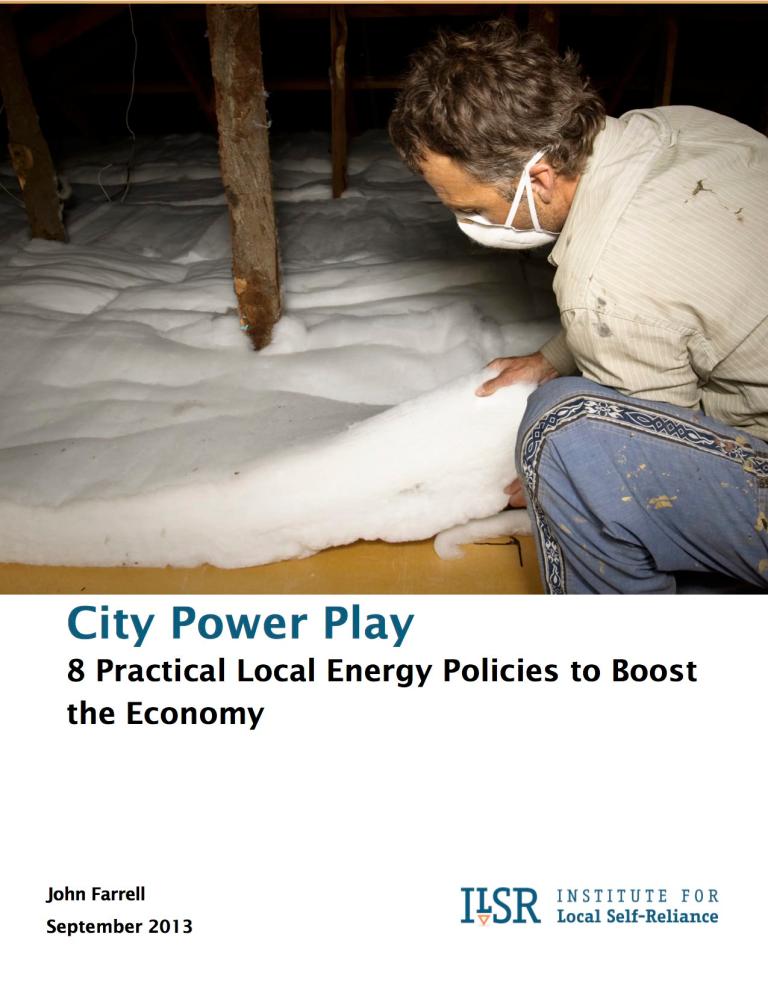
Courtesy of LM Wind PowerThat’s a big-ass blade.
The economies of Grand Forks, N.D., and Little Rock, Ark. are being swept up in a green bonanza.
LM Wind Power, a global manufacturer of blades for wind turbines, says it doubled its U.S. workforce to 700 in August — up from 350 in April. And it says the boom will continue: It expects to employ some 1,200 people in the U.S. next year — most of them based at its factories in North Dakota and Arkansas.
In a press release, the company credited the extension late last year of the Renewable Electricity Production Tax Credit with the growth of its workforce:
“We are pleased to see that the market is improving again following a period of low activity due to uncertainty around the PTC,” said LM Wind Power’s Head of US Operations, Bill Burga Jr. “With the political framework in place, our customers are winning more business again and we are ready to serve their demand for highly efficient quality blades for the US market, adding hundreds of extra jobs. Now it is crucial that the politicians remain committed to securing a stable economic framework to enable continued industry growth and increased US employment.”
By some estimates, the wind energy sector now employs about 80,000 Americans. And the decision by LM Wind Power to boost its American operations (it has factories in 14 locations all over the world) follows an encouraging trend that we told you about in August — as wind energy expands in the U.S., more of the production associated with that expansion is occurring right here in America.
But the company’s announcement also coincides with renewed uncertainty over whether the tax credit will be renewed next year. House Republicans are calling for an end to wind power subsidies, arguing that it’s time for the industry to stand on its own feet. From a story last week in The Hill:
“We keep hearing that ‘we’re almost there’ or ‘just a little bit longer.’ But the facts state that wind power has been steadily increasing over the last 10 years, and there’s this point of saying, when does wind take off on its own?” said Rep. James Lankford (R-Okla.), chairman of the House Oversight and Government Reform subcommittee on Energy Policy.
An analysis from the Joint Committee on Taxation found that a one-year extension of the tax credit would cost about $6.1 billion over 10 years. A five-year extension would cost about $18.5 billion.
Democrats on the panel said that, that number paled in comparison to the billions in tax breaks and subsidies granted to the oil and gas industry each year.
“Big oil still gets subsidies even though just the biggest five oil companies … made a combined $118 billion in profits in 2012,” Rep. Jackie Speier (Calif.), the top Democrat on the subcommittee, said. “Oil and gas have received over $4.8 billion each year in government subsidies over 90 years.”
If the U.S. Treasury is going to subsidize any form of energy production, which would you rather it be — renewable and clean, or fossilized and world-endangering?



